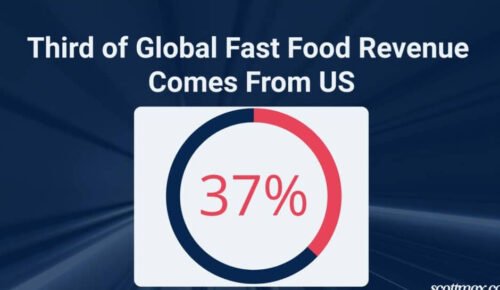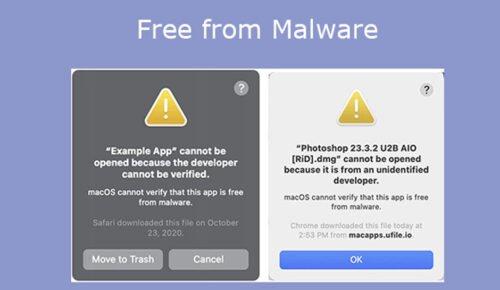The music industry is full of glamor, creativity, and constant change. However, most people never see the complicated and frequently unexpected landscape that lies beneath the surface of chart-topping hits and sold-out concerts. From the obscure income sources supporting the business to the lesser-known techniques artists employ to get noticed, there is more going on behind the scenes than you might realize. Let’s look at some of the fascinating aspects of the music industry that most people, including die-hard fans, don’t understand.
1. The Role of Music Supervisors in Shaping Soundtracks
Watching a movie or TV show makes the perfect song seem to complement every scenario effortlessly, therefore adding depth and emotion. This is the work of a music supervisor; it is not a coincidence. From blockbuster movies to advertisements, these business experts must choose the correct songs to fit the tone of visual media. Music supervisors are experts at recognizing the nuances of a scene and selecting songs that complement the storyline. They negotiate rights to use this music in close proximity with producers, directors, and artists. Developing a relationship with a music supervisor can be a game-changer for musicians since it creates opportunities for sync placements that increase income and exposure. Their immense behind-the-scenes influence shapes the soundtracks that leave a lasting impact on viewers.
2. Streaming Royalties: The Hidden Truth Behind Payouts
Though many musicians use Spotify, Apple Music, and YouTube to share their work, few know how the payment system actually works. Calculated using a sophisticated formula combining the overall income of the platform, the number of streams, and the proportion of total streams each artist gets, streaming royalties Unlike what many people think, getting millions of streams does not usually result in significant income. Especially for independent performers without the support of a major label, the per-stream pay can be surprisingly low. To generate a steady income, many artists have looked into other revenue streams like live performances, merchandise sales, and sync placements. For artists hoping to negotiate the business successfully, knowledge of streaming’s financial aspects is essential.
3. The Power of Metadata in Music Distribution
Metadata may sound like a technical term reserved for the tech industry, but it also plays an important role in music. Metadata in the context of music distribution is the information contained in your track, including the artist’s name, song title, album title, and genre. Digital platforms need this information if they are to classify and suggest your music properly. It also aids in the tracking of royalties, ensuring that the appropriate parties are compensated. Your song may get lost in the vast sea of digital music without appropriate information, making it difficult for listeners to discover. Investing time to input detailed and accurate metadata when you release a track will improve your visibility, raise your chances of being playlisted, and assist in defending your rights.
4. How to Get Sync Placements and Boost Your Career
Sync placements are among the most profitable and efficient strategies available for many artists to increase visibility. So, the question arises: how to get sync placements that can propel your career forward? The key is to create a diverse catalog of music that appeals to a variety of moods and situations. Having a wide selection of songs boosts your chances since music directors sometimes search for songs that complement themes. Submit your music to sync agencies or licensing firms focused on matching songs with visual media projects. Attending music conferences and building relationships with professionals in the field can also lead to sync opportunities. Landing the proper sync contract not only pays upfront fees but also exposes new audiences through movies, TV shows, and ads, therefore greatly increasing your streaming number and fan base.
5. The Unexpected Influence of AI in Music Creation
Artificial intelligence is making waves across all industries, including music. Today, AI tools are used to compose music, analyze trends, and even predict hit songs before they are released. Certain platforms use artificial intelligence algorithms to suggest songs to consumers based on their tastes, therefore raising the possibility of a track of an artist becoming viral. AI can also help with production and mastering so musicians can precisely fine-tune their sound. While some view this technology as a danger to creativity, others see it as a useful tool that might improve the music-making process. Knowing how artificial intelligence affects music will enable musicians to stay ahead of the curve and make use of these tools to their benefit in creating distinctive sounds and reaching broader audiences.
Conclusion
The music industry is complex, from the behind-the-scenes influence of music supervisors and the truth about streaming royalties to the power of metadata, the potential of sync placements, and the rise of AI in music production. Uncovering these hidden facets helps you better understand how the business runs and enables you, as a future musician, to make more informed decisions. The road to success may not be easy, but with knowledge, strategy, and a willingness to adapt, you can navigate the industry’s twists and turns and carve out a lasting place for your music.
































































































































































































































